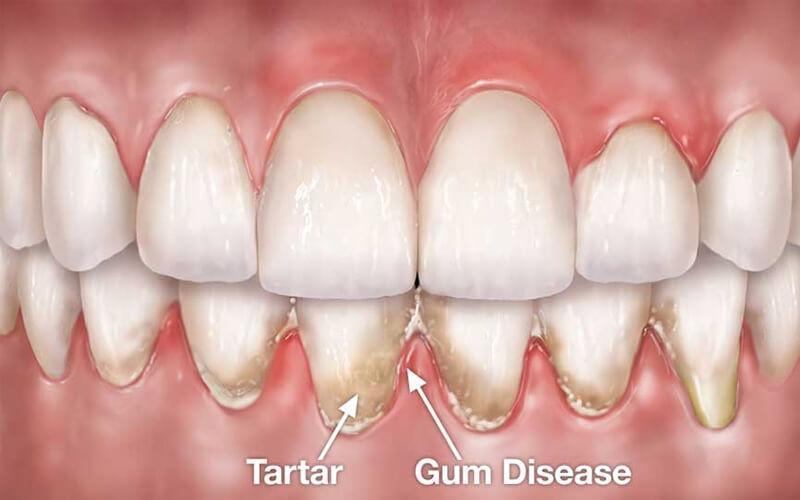What To Know About Gum Pockets

Dr. Andre Eliasian is a Dentist practicing in Glendale, CA. Dr. Eliasian specializes in preventing, diagnosing, and treating diseases and conditions associated with the mouth and overall dental health. Dentists are trained to carry out such treatment as professional cleaning, restorative, prosthodontic, and endodontic procedures,... more
In a normal, healthy mouth, our gums will be tightly bound to our teeth. An average distance between the gum tissue and teeth is about 1 to 3 mm in depth. Bacteria will always be present and wanting to cause oral health problems; you need to stay on top of dental hygiene habits like brushing, flossing, and twice a year professional cleanings. An increase in bacteria can cause plaque to form a sticky material on the teeth. If plaque remains on the teeth, it will then develop tartar. Tartar is known as a hardened type of plaque which can’t be removed easily by brushing alone. These types of toxins can expand onto the gum line and teeth, resulting in irritation of the gum tissue, which is known as gingivitis.
The top of the gum tissue doesn’t directly relate to the teeth, even in healthy gums. Instead, tiny spaces between gum and teeth exist, which are known as the sulcus. Even though most bacteria and food particles are removed during brushing and flossing, they can become stored in the sulcus. Ultimately, the process of gingivitis can happen to anyone who doesn't take good care of their oral health. The irritation and swelling due to the tartar and plaque, can result in the formation of a pocket between the teeth and gums. Read more.









